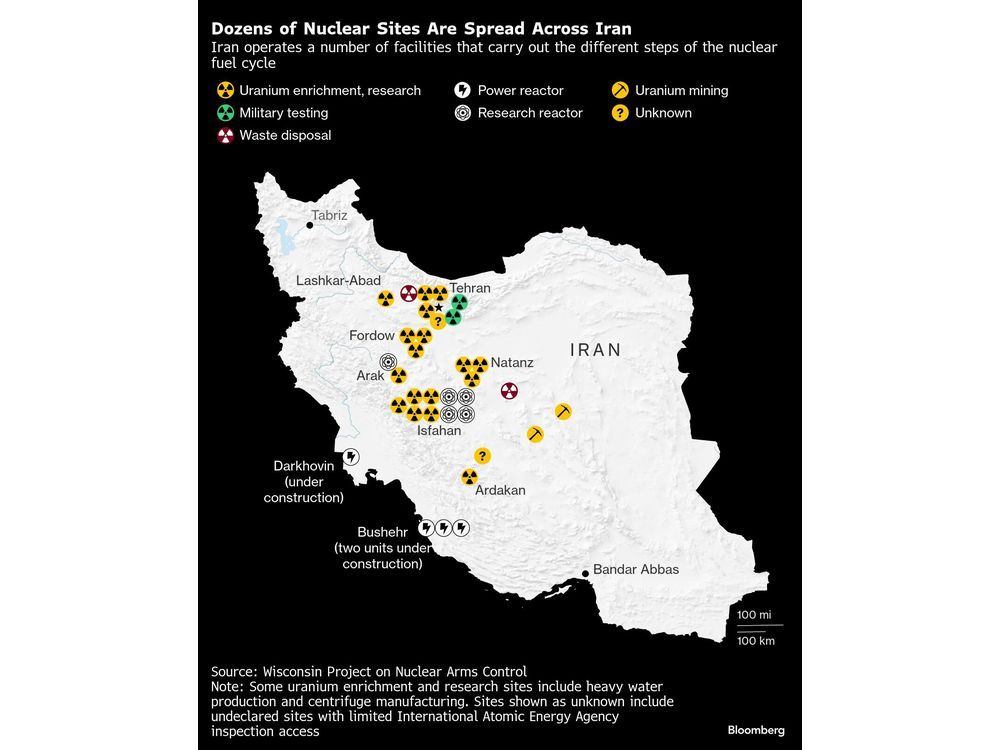The use of different types of orders to mitigate risks is prevalent among investors. Through these, investors can manage or limit the potential losses they make in the market. Investors can use one of two tools to do so. These include stop-loss and stop-limit orders. However, these are both different from each other in several aspects. It is crucial to understand what each of these is to understand the differences.
What is a Stop-Loss order?
A stop-loss order represents a type of order to buy or sell a security at a specific price placed by a broker. The primary purpose of a stop-loss order is to limit the losses that investors make. With a stop-loss order, investors can specify a specific level for the loss they make in a trade. If the trading position reaches that level, the stop-loss order gets executed.
Ideally, investors set their stop-loss limit at a level that allows for some fluctuations. However, this level should also protect the investor against an adverse market position. This strategy applies to both when an investor buys or sells their stocks or securities. With buy stop orders, investors set the stop price above the current market price. For sell stop orders, they can order the broker to sell if the stock or security reaches a specified stop price.
With stop-loss orders, investors can limit their risk to a specific amount during adverse market fluctuations. Stop-loss orders are beneficial in mitigating against both long and short positions. On top of that, these orders can also help investors lock a specific profit in a trade. However, stop-loss orders are different from stop-limit orders based on the time they get executed.
What is a Stop-Limit Order?
A stop-limit order is different from a stop-loss order. With a stop-limit order, investors can mitigate their risks by specifying the highest and lowest price for their stocks or securities. These include a stop and a limit price. The stop price defines the level at which the broker will buy or sell the stock after it reaches a specific point. A limit price is an order to buy or sell a specified number of stocks or securities when their price arrives at that point.
With stop-limit orders, investors can get control of both the minimum and maximum prices for each order. That is the primary difference between stop-limit and stop-loss orders. With stop-limit orders, investors can place a limit on the price at which the order will execute. With this, investors will get a guarantee for a price limit. However, the trade may not get executed.
A stop-limit order is beneficial in protecting investors against volatile market fluctuations. Investors can set a limit for their stop orders. However, it does not guarantee that the transaction will occur while the stop-loss order can. In cases where the stock or security prices decline rapidly beyond the stop-limit price, the order will not get executed.
Conclusion
Orders can help investors give instructions to brokers to fill their trades. Investors can use stop-loss or stop-limit orders to mitigate against risks. A stop-loss order allows investors to specify a price point for brokers to buy or sell stocks or securities. With a stop-limit order, investors can define a minimum and maximum price for their trades that they are willing to accept.
Further questions
What's your question? Ask it in the discussion forum
Have an answer to the questions below? Post it here or in the forum



